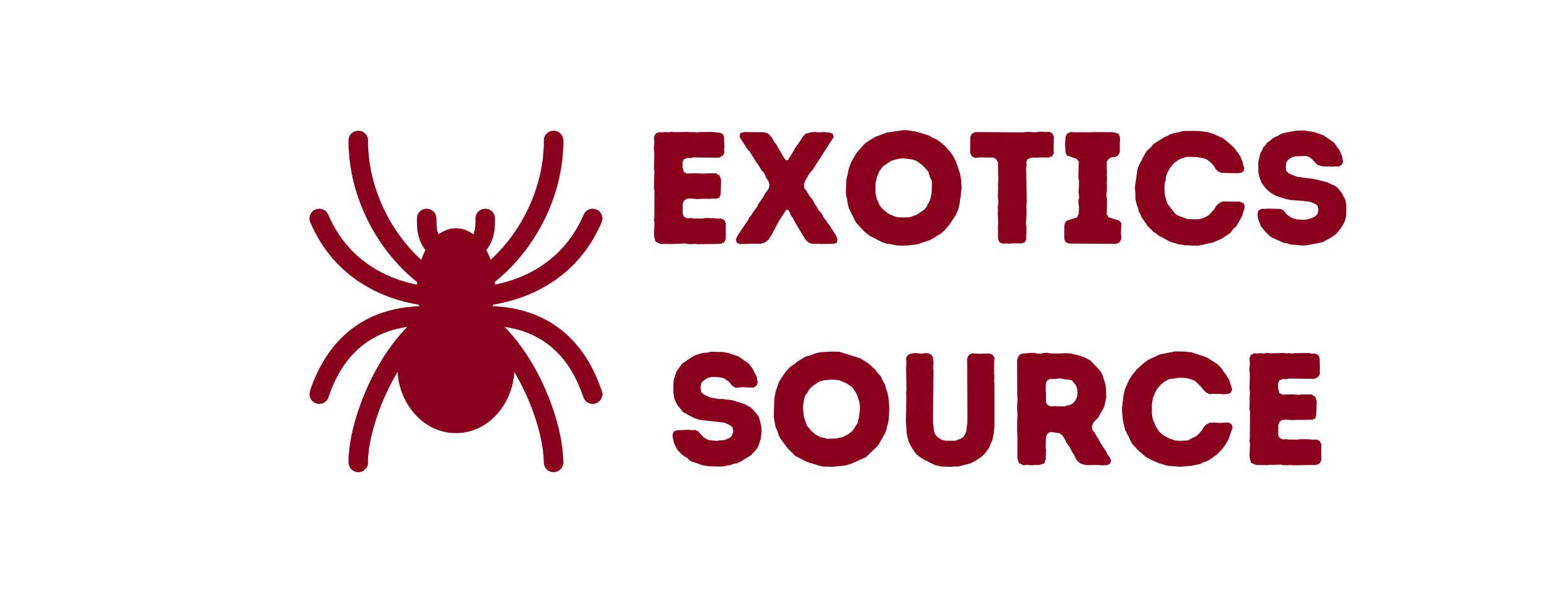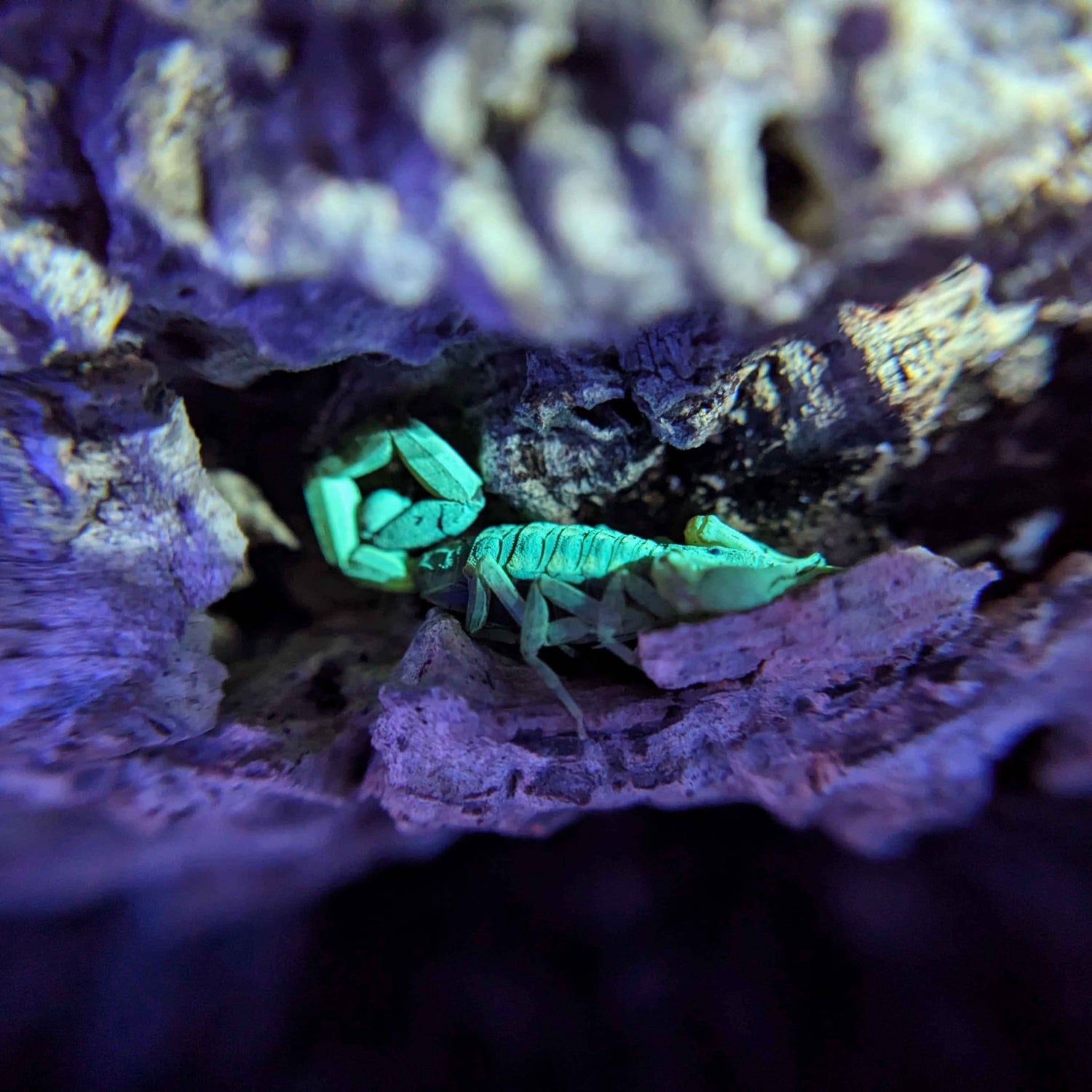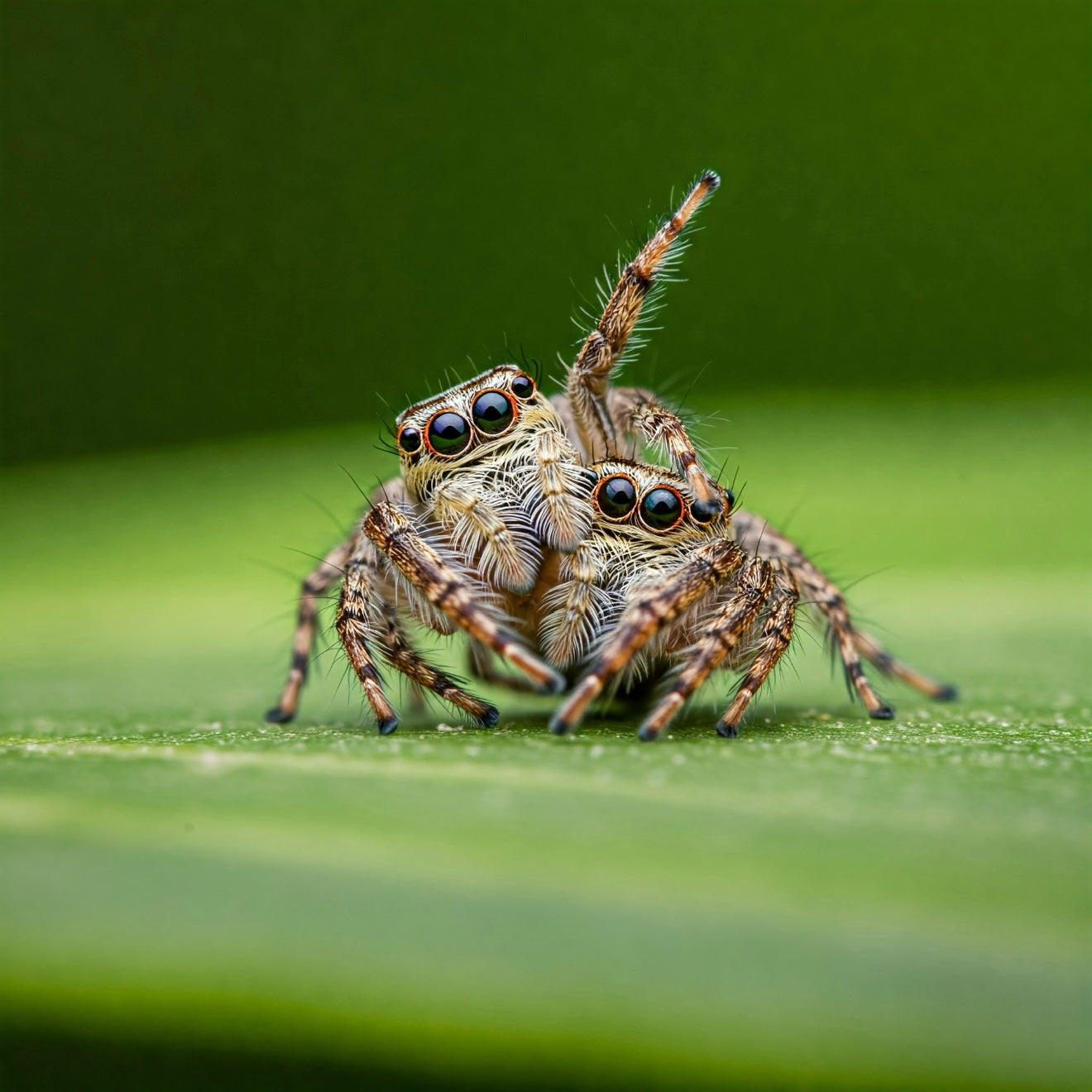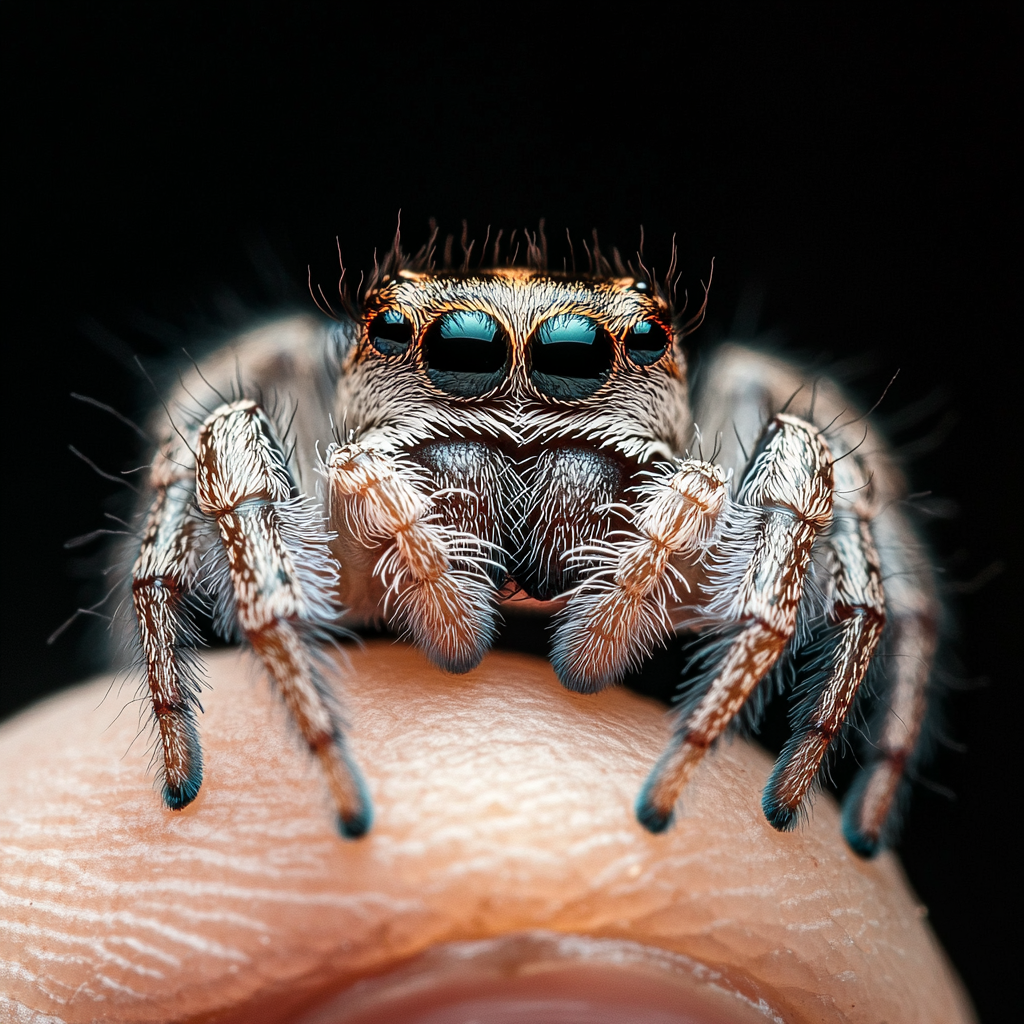Scientific Name: Centruroides guanensis
Common Name: Guanacaste Scorpion
Native Range: Costa Rica, Nicaragua, Panama (Central America)
———————————————
Overview
Centruroides guanensis specifically the arboreal subspecies, is a tree-dwelling scorpion found in Central America, particularly in Costa Rica, Nicaragua, and Panama. Unlike many ground-dwelling scorpions, this species is adapted to an arboreal lifestyle, spending much of its time in trees and other elevated structures. Due to their arboreal nature, these scorpions are different in their care requirements and behavior from their ground-dwelling relatives. Centruroides guanensis is venomous but not dangerous to humans under normal circumstances, with a sting that causes mild pain and swelling.
Physical Characteristics
- Size: Typically 2 to 3 inches (5-7.5 cm) in length.
- Color: Light to medium brown, often with darker markings along the body and legs.
- Tail and Stinger: Long, curved tail with a stinger used for defense and hunting prey.
- Claws: Small pincers relative to body size, adapted for gripping rather than overpowering prey.
Habitat
As an arboreal species, Centruroides guanensis prefers elevated environments, such as:
- Tree trunks
- Branches
- High-up crevices in trees and vegetation
In captivity, you should replicate their natural habitat by providing an enclosure that mimics a vertical, elevated environment. Key aspects of their habitat, recommended to be a 5-10 gallon tank or similar, should include:
- Substrate: Use a substrate like coconut fiber or sphagnum moss, which retains moisture well and allows for burrowing in the lower levels of the tank.
- Vertical Space: The enclosure should be tall rather than wide, with plenty of space for climbing. Include branches, artificial vines, or cork bark to allow the scorpion to climb and perch, mimicking the structure of a tree.
- Humidity: Maintain a humidity level of 60% to 75%. This is essential for hydration and proper molting.
- Temperature: Keep the enclosure between 75°F and 85°F (24°C to 29°C) to match their native tropical environment.
- Hiding Spots: Provide hiding spots both at the ground level and elevated levels, such as small caves, bark tubes, or hollow branches, to give the scorpion a place to feel secure.
Diet
Centruroides guanensis are carnivorous and primarily feed on smaller invertebrates, including:
- Crickets
- Roaches
- Mealworms
- Other small insects
- Fruit flies and pinhead crickets should be fed to scorplings, or the babies
Since they are arboreal, it’s important to offer prey in a way that encourages natural hunting behavior. For example, you can place food at varying heights within the enclosure or on branches to encourage climbing and searching. Juvenile scorpions may need smaller prey, while adults can handle larger insects.
Behavior
- Nocturnal: Centruroides guanensis is primarily active at night, making it a nocturnal species. During the day, they will hide in elevated shelters or within the bark crevices of trees.
- Venomous but not dangerous: The sting of C. guanensis is venomous but not deadly to humans. Symptoms typically include mild pain, swelling, and redness. However, it is still important to be cautious when handling them.
- Climbing and Hiding: As an arboreal species, these scorpions are adapted to climbing and prefer to spend their time perched on tree trunks, branches, and elevated surfaces. They are not ground dwellers and will likely avoid any areas that are too low or flat in their enclosure.
- Defensive: While they are not aggressive, they will sting in self-defense if threatened. They are best appreciated from a distance, as too much handling can stress them out.
Handling
Handling Centruroides guanensis should be minimized to avoid stress. These scorpions are delicate and, like most scorpions, will sting when threatened. If you decide to handle one, here are some guidelines:
- Use Soft Tools: Rather than picking them up by hand, use soft forceps or tongs to move them gently.
- Wear Gloves: If you must handle them, wear gloves to avoid direct contact, but handling is still discouraged.
- Avoid Excessive Handling: Limit interaction with the scorpion to reduce stress, which can negatively affect their health and behavior.
Reproduction
Centruroides guanensis is viviparous, meaning they give birth to live young. After mating, the female carries the young on her back until they are mature enough to be independent. The young scorpions will molt several times before reaching adulthood. A female may give birth to anywhere between 20 and 30 young at once.
Health and Care Tips
1. Humidity: Maintain proper humidity levels (60%-75%) by regularly misting the enclosure. Arboreal species like C. guanensis rely on higher humidity for hydration and successful molting.
2. Climbing Structures: Provide a variety of climbing surfaces like branches, cork bark, and vines to ensure the scorpion can engage in natural behaviors. Ensure these structures are stable and secure.
3. Temperature: Keep the temperature stable within the range of 75°F to 85°F (24°C to 29°C). Avoid sudden temperature drops, which can stress the scorpion.
4. Molting: Scorpions go through periodic molts as they grow. During this time, scorpions are particularly vulnerable and should not be disturbed. Make sure they have a secure place to hide during this process.
5. Cleaning: Regularly clean the enclosure to prevent waste buildup, mold, and bacteria. Remove uneaten food and waste promptly.
6. Water Source: Provide a shallow water dish or mist the enclosure to ensure proper hydration. Avoid allowing water to pool in the tank, as this can lead to mold growth.
Potential Risks and First Aid
While the sting of Centruroides guanensis is generally not life-threatening, it can cause mild symptoms, such as:
- Pain
- Swelling
- Redness
If stung:
1. Clean the Sting Site with soap and water.
2. Apply a Cold Compress to reduce swelling and ease discomfort.
3. Take Pain Relievers (e.g., ibuprofen or acetaminophen) as needed for pain or inflammation.
Seek medical attention if there are signs of an allergic reaction or severe swelling, especially in individuals with known allergies to insect stings.
Conclusion
Centruroides guanensis, as an arboreal species, requires specific care to maintain its health and well-being in captivity. By providing a vertical, climber-friendly enclosure, maintaining proper humidity and temperature, and offering a suitable diet, you can successfully care for this fascinating Central American scorpion. While they are not dangerous to humans under normal circumstances, always exercise caution when handling them, and limit interaction to reduce stress. With the right environment and attention C. guanensis can thrive and be an intriguing addition to your collection.




Leave a comment
This site is protected by hCaptcha and the hCaptcha Privacy Policy and Terms of Service apply.